Hey, I am Manuel Becker and I am the founder of Locationscout, a platform for discovering amazing places for photographers. I am living in Germany near Cologne in the beautiful Rhineland. I love traveling and discovering all these beautiful places around the world. You can also find me on Facebook, Google Plus, Instagram, and, of course, here on 500px.
The question I get asked the most is: “Wow, nice pic! Which cam are you using?” Does this sound familiar? In the past, every time I heard this question I would answer in the same way: by telling people which camera I was using, but that it didn’t really matter in my opinion.
Beginners and hobby photographers usually expect that, if they can only save enough money to buy much better equipment, this will improve their results in a linear way. Maybe that’s the reason so many people are buying DSLR cameras without knowing how or even having an open mind about learning how to use one.
You recognize these types of photographers pretty easily… they’re the ones using flash in auto mode to brighten up the whole skyline of New York. 😉
I understand that behavior because all of us want to take great pictures without having to invest too much work at first (or at all). I also started my landscape and cityscape photography like this, until I realized that there is no need to understand all these settings and things your camera is doing for you until you really want to get creative. For me or for most of us it’s essential to understand the difference between settings like f/4.5 and f/11 because we might have a certain type of style in mind, but if you are new to photography and you just want to get a great picture, it may not matter as much as you think.
I was processing an image I took this year in New York and thought that it could be interesting to look back at my older pictures and see how I and my type of photography have changed. I first visited this spot in 2012 for, so this was the perfect opportunity for a comparison.
The look of both images is completely different and in my eyes a huge improvement in quality, which got me thinking about the reason why there is such a huge gap between 2012 and 2014:
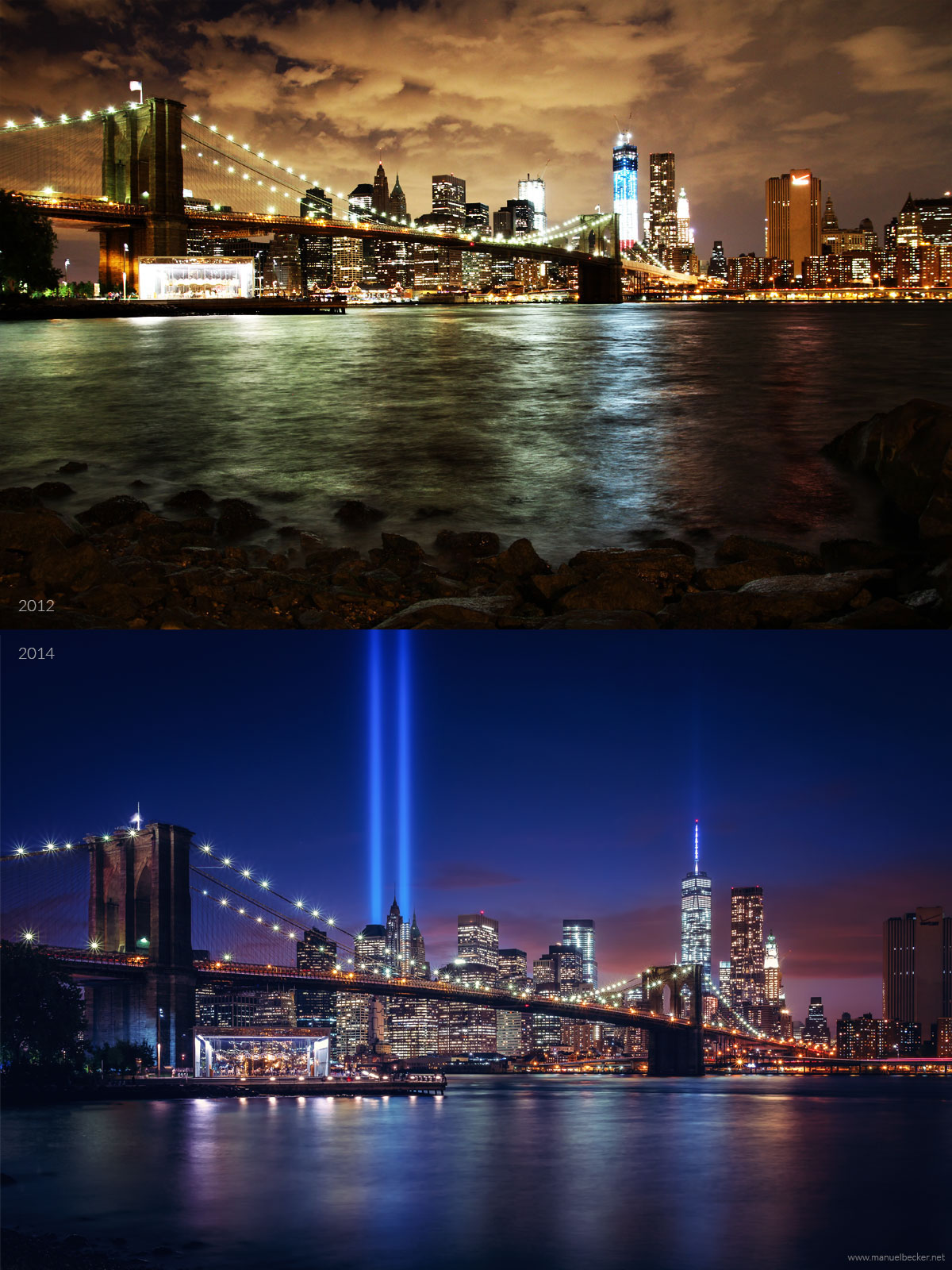
It’s All About the Gear – Wrong!
As I looked at these 2 images, I was thinking about the equipment I was using 2 years ago and I realized that I was using the exact same camera and even the exact same lens. The only thing I replaced was my very cheap and heavy tripod, which I should have done years ago to save weight and strained nerves.
Besides that, I learned how to use my camera, dropped into that typical HDR hole for a while, and decided to improve my post-processing afterwards because I didn’t like the extremely unrealistic results I was getting. I read many articles, books and everything I could find about photography, watched many YouTube channels from other professional photographers, and just tried out new things to get better.
In retrospect, I see and understand all these little “mistakes” I made and know how to fix them, but the most important insight I had is: I improved without new photography gear. Actually, the opposite is true, as I focused on using just one single lens and capturing only landscape photography. The nice side-effect was a much lighter backpack, which made longer trips more enjoyable for me and left more time for getting a great shot with the equipment in my hands instead of changing lenses all the time.
All You Need for Landscape Photography
I said that gear doesn’t matter for beginners or hobby photographers in most cases, which is true as long as you have a minimum to work with. In my opinion, only these 3 things are essential:
1. A camera that is able to shoot RAW
2. A camera that is able to change the f-stop manually
3. A good tripod (ideally with a remote control for your camera to prevent shakes while pressing the shutter button)
Forget about megapixels for a while, don’t try to start with ND filters, and don’t make up a reason for yourself to get a full-frame camera to get better image quality for your star trail shots. These are all great techniques to get a certain type of result, but they won’t improve your photography at all if you are still a beginner.
Decision 1 – Focus on just one thing
Before focusing on just one part of all these completely different types of photography, I tried out the full range of themes by doing macro photography (bought a currently unused 70-300mm lens for that), trying a variety of long exposures, started to shoot portraits, etc…
To cut a long story short, I wanted to try everything, but I never had the chance to improve because every photo needed a completely different mindset and other technical aspects. My advice for you is to start focussing right now. I liked landscape photography the most, so I made the decision to use one single lens, which led me to a 17-50mm.
If you love portrait photography, it may be another lens based on what’s important for you to start with. As I was only shooting with this minimal gear, I noticed that my view for good perspectives got much better, and even my people photography made a huge passive improvement.
I only noticed this after I was asked to shoot at a wedding this year. I was very surprised about the results, and even told the bridal couple before that they shouldn’t expect too much as I hadn’t taken portrait photos in a long time (and to be honest they were really bad at that time).
And guess what? I only used this one lens that I am very familiar with by now. Fewer opportunities, but much more time to focus on the important aspects and timings of a wedding for me as a beginner in wedding photography.
Decision 2 – Learn how to post process your images
After focusing on just one thing in terms of getting a good shot, I also decided to improve my post-processing. As a professional web designer and product manager, I have been working with Adobe Photoshop for years, but this was a completely different workflow.
In theory, I knew all the basics on how to use this complex software, but not how to post-process my images in the right way. The most important first step for many photographers is to stop considering Photoshop or a similar software as cheating — that’s simply not the case.
The human eye (and brain) is able to adapt very quickly to high dynamic ranges… the camera isn’t. This is why people started doing HDR in the first place. Most of the time, I see my resulting images and remember the mood of the original scene in a complete different way.
Colors often vary from what I remember and felt while I was experiencing an amazing sunset for example. Post-processing gives me and all of you the opportunity to bring back everything that was lost in your photo. This is also why it is so important to shoot RAW images, because they contain and keep much more detail that you can restore if you would like. How much you have to “fix in Photoshop” mostly depends on your raw data, but since I learned so much stuff, my personal preferences about what’s really important changed in a huge way to the following order:
1. Timing & Location
Take your photos at the right time and right spot with an amazing sunset or during blue hour, and your results will be at least on a pretty decent level.
2. Post-processing
The way you tune the final result mostly depends on your personal style. Have you ever seen an image and you instantly knew who took it? It may be the clothing etc. in portrait photography, but for landscapes it’s mostly defined by the way you process your image.
3. Taking the photo
Unless you are completely destroying the photo by using a wrong focus to get very unsharp results or by setting your f-stop to f/2.8 for landscapes, you can’t fail this part. That’s the most important part to understand in my opinion!
Excellent professional photographers don’t get the best results because they have the best and most expensive gear, but because they know the best timing to get a great shot and how to process this raw data. A very good example is one of my favorite photographers, Kilian Schönberger, who knows exactly how to be right on time to get that foggy mystical mood in all of his images.
Conclusion
Even if you haven’t just stumbled up on your passion for photography, it’s a good idea to start focusing on something and improving your skills in this tiny scope. Looking back, you will notice much bigger steps that will also pay dividends for your entire photography knowledge and results.
If you already own a decent camera and you are currently thinking of investing your money into the next generation, you should think twice about what you are trying to achieve. I would never keep an advanced wedding photographer from buying a new f/1.8 lens if there is currently only an f/4 available, but most of the time you would be far better off without more equipment.
And, finally, if you aren’t using Adobe Lightroom (or Capture One), Adobe Photoshop or these amazing Nik and Topaz filters yet, you should think about investing in your post-processing quality and learning how to use these tools properly.

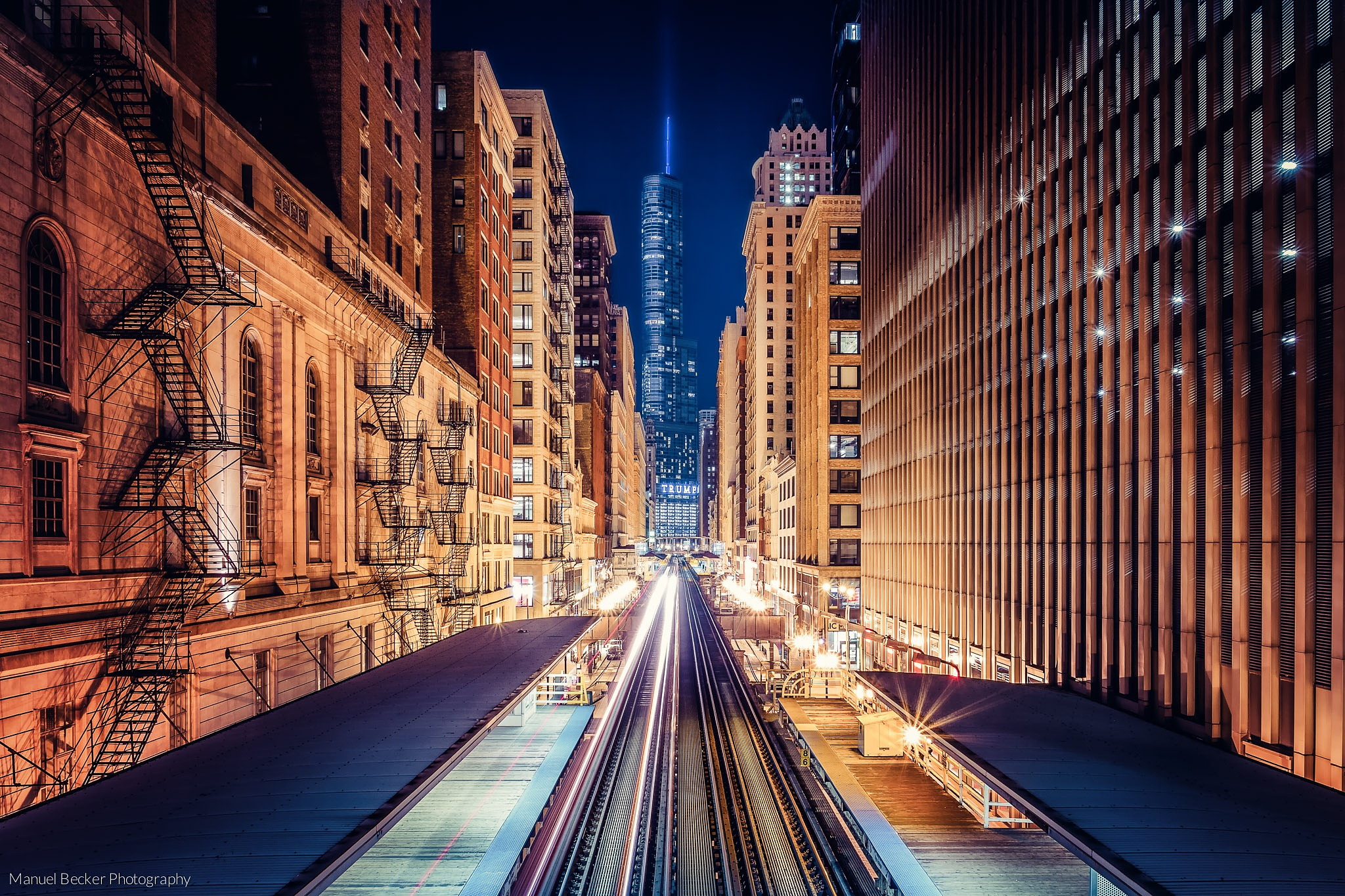



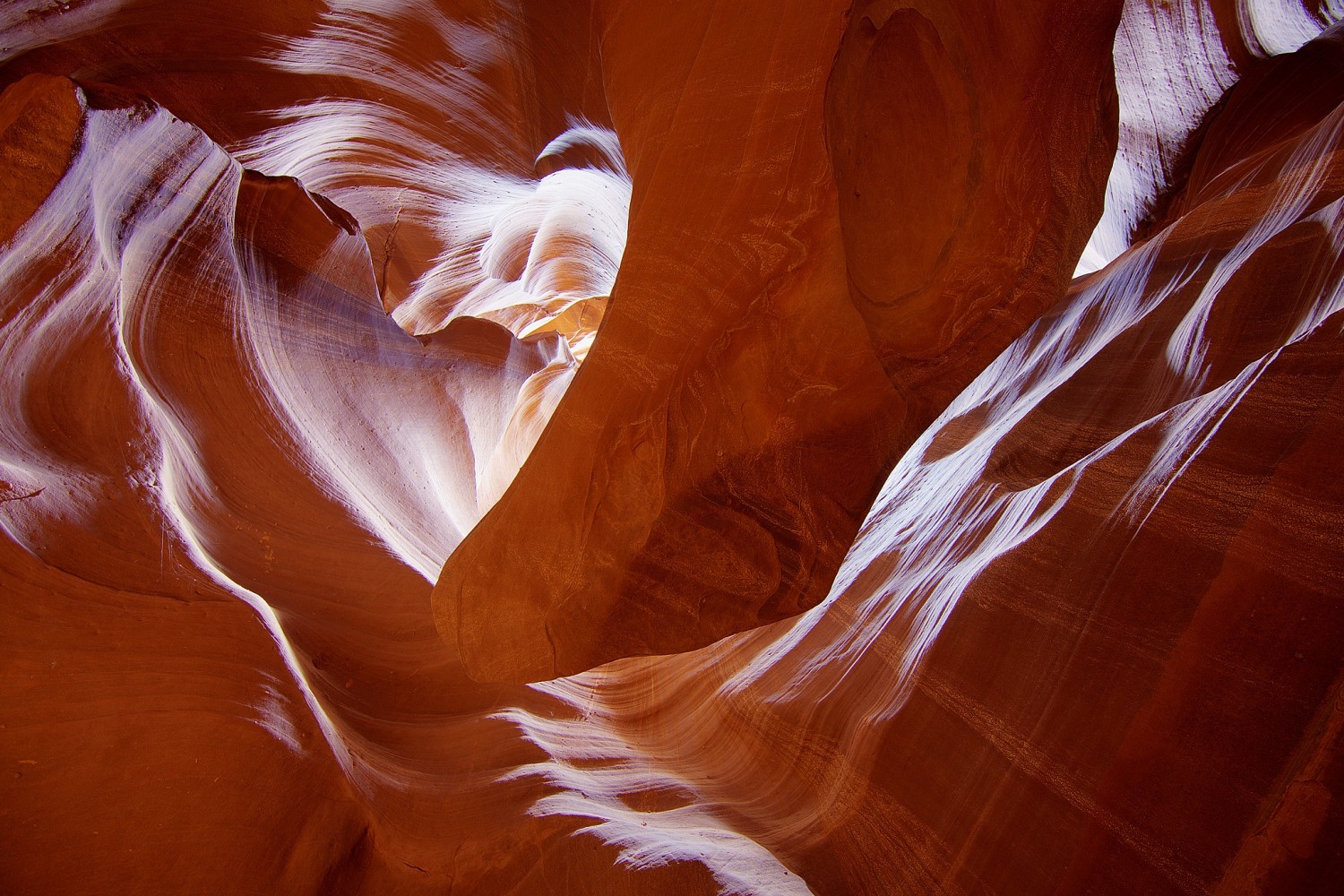
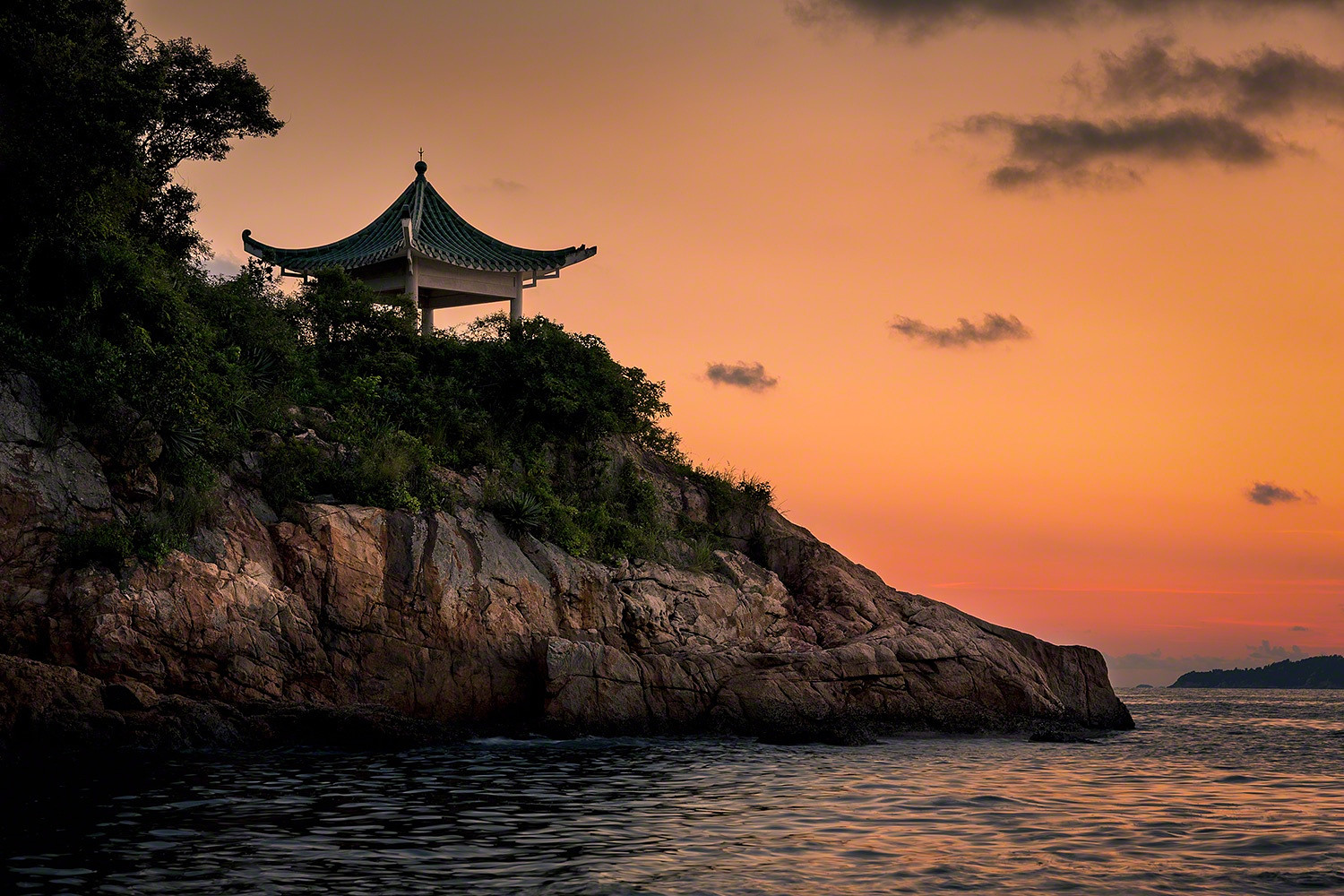


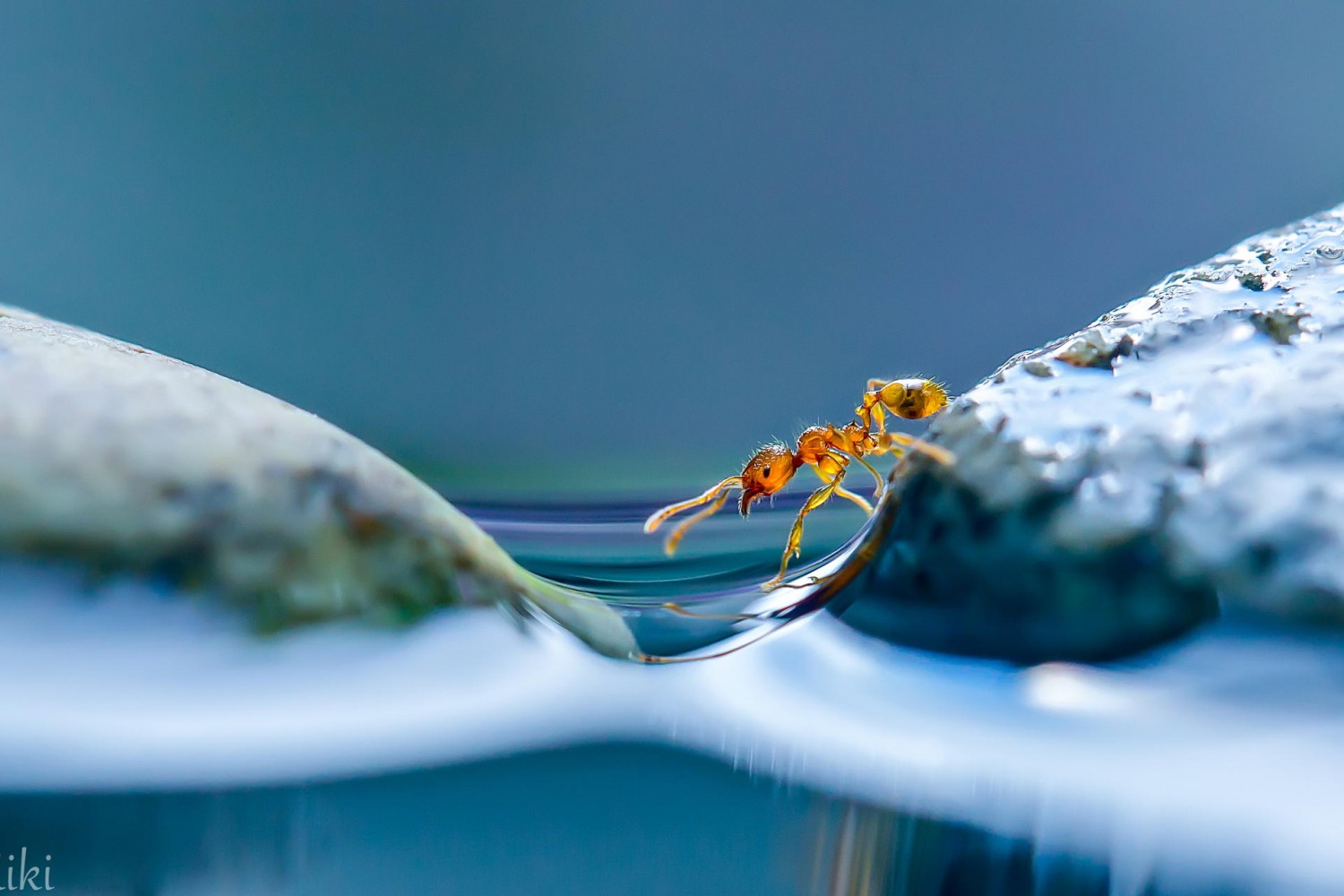
Leave a reply